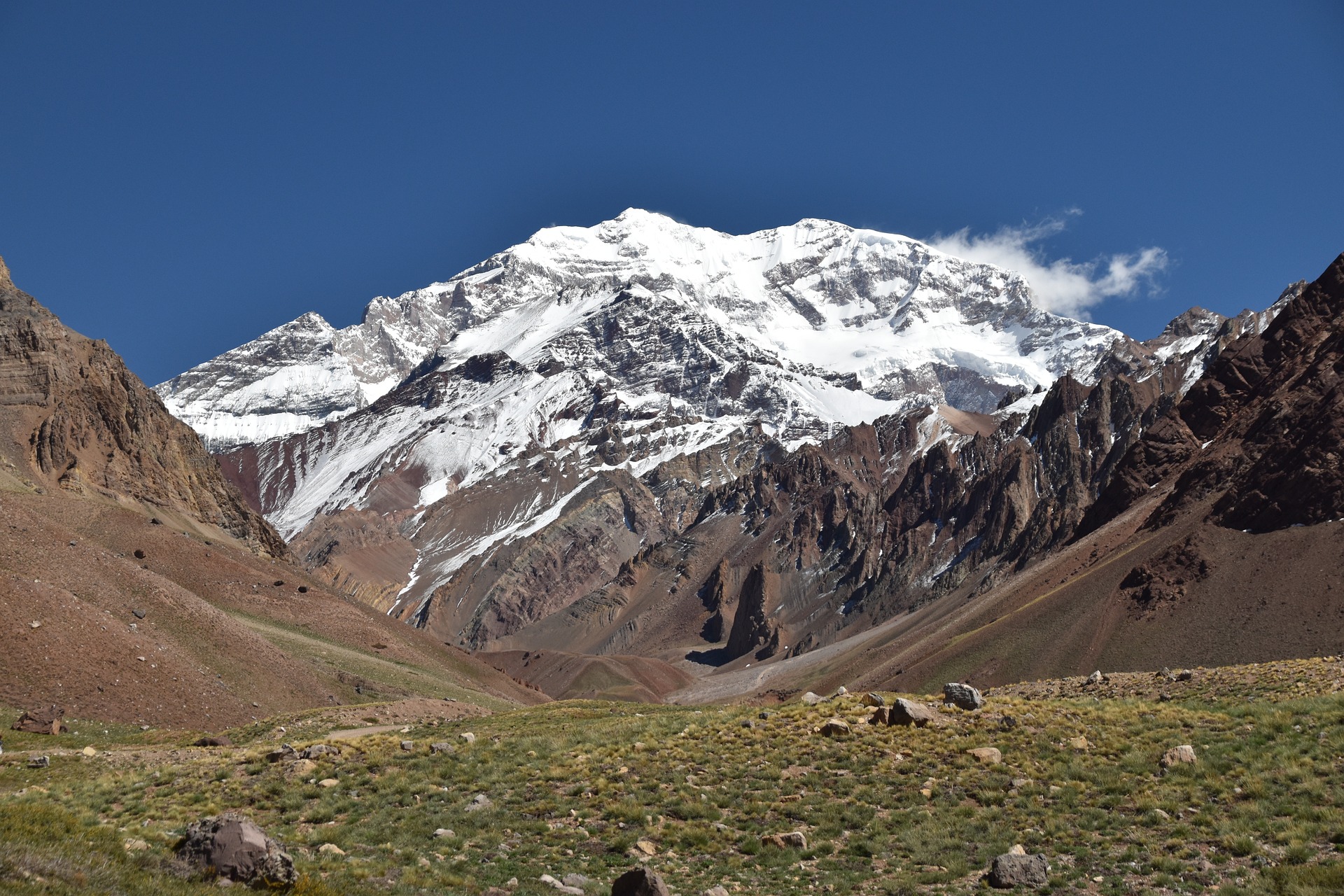Related Posts
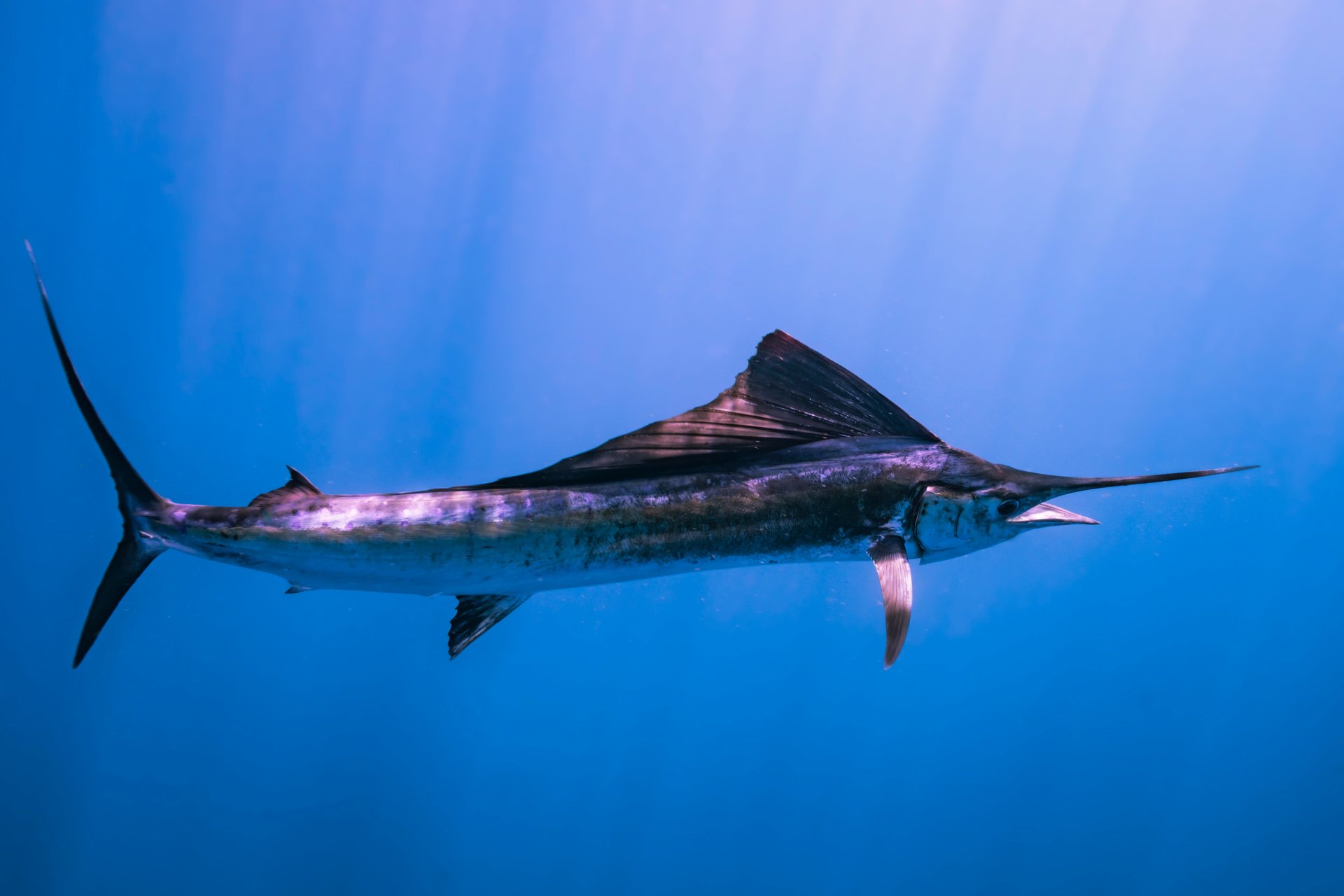
Dec 11, 2025 5 mins read
Fishing Hotspots: Spring’s Best Places to Catch Mahi, Marlin, Trout and More
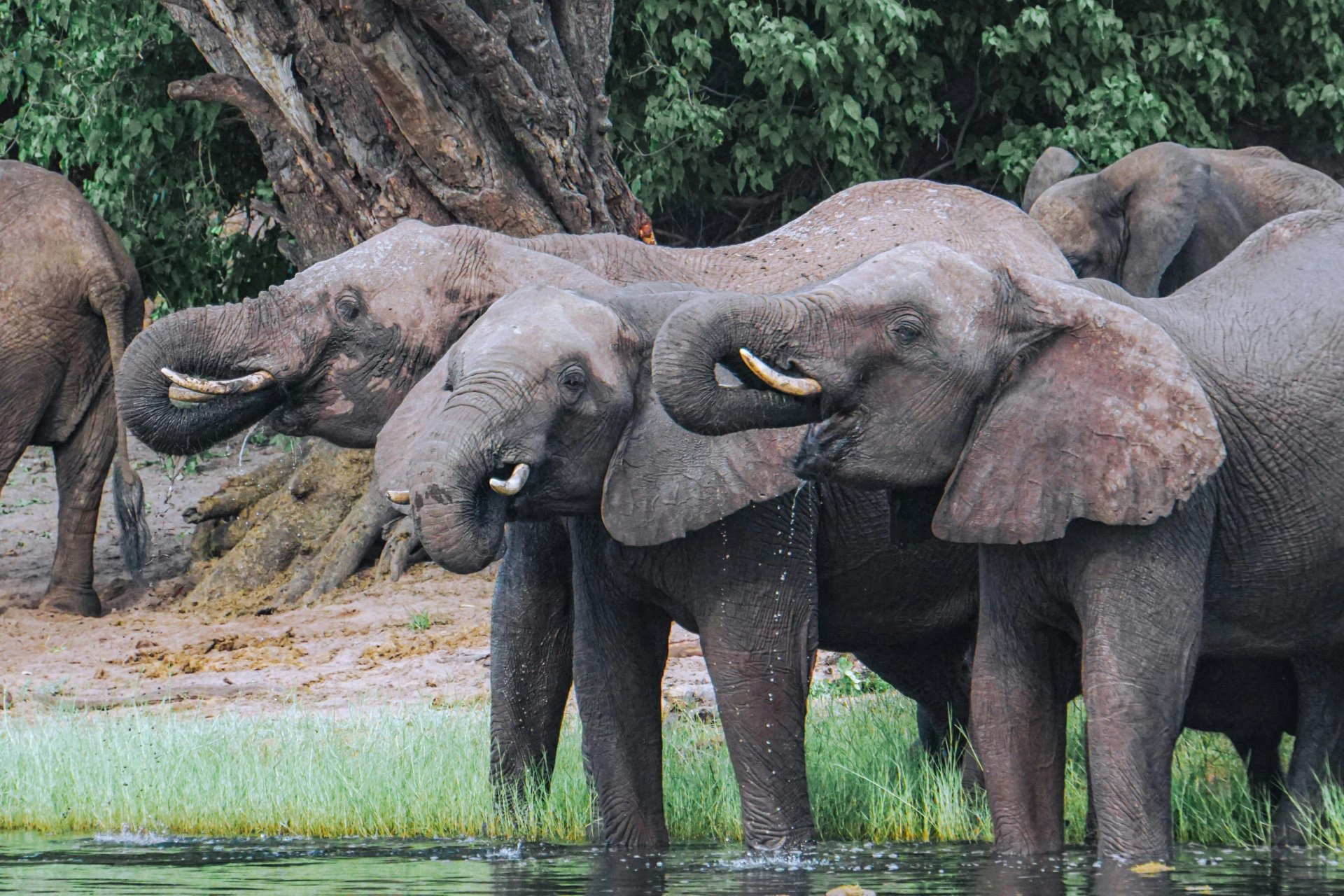
Nov 11, 2025 7 mins read
Best Places to See African Wildlife in Tanzania, Kenya, Botswana and Namibia

Oct 22, 2025 6 mins read
Cape Town Culture Code for Savvy Travelers
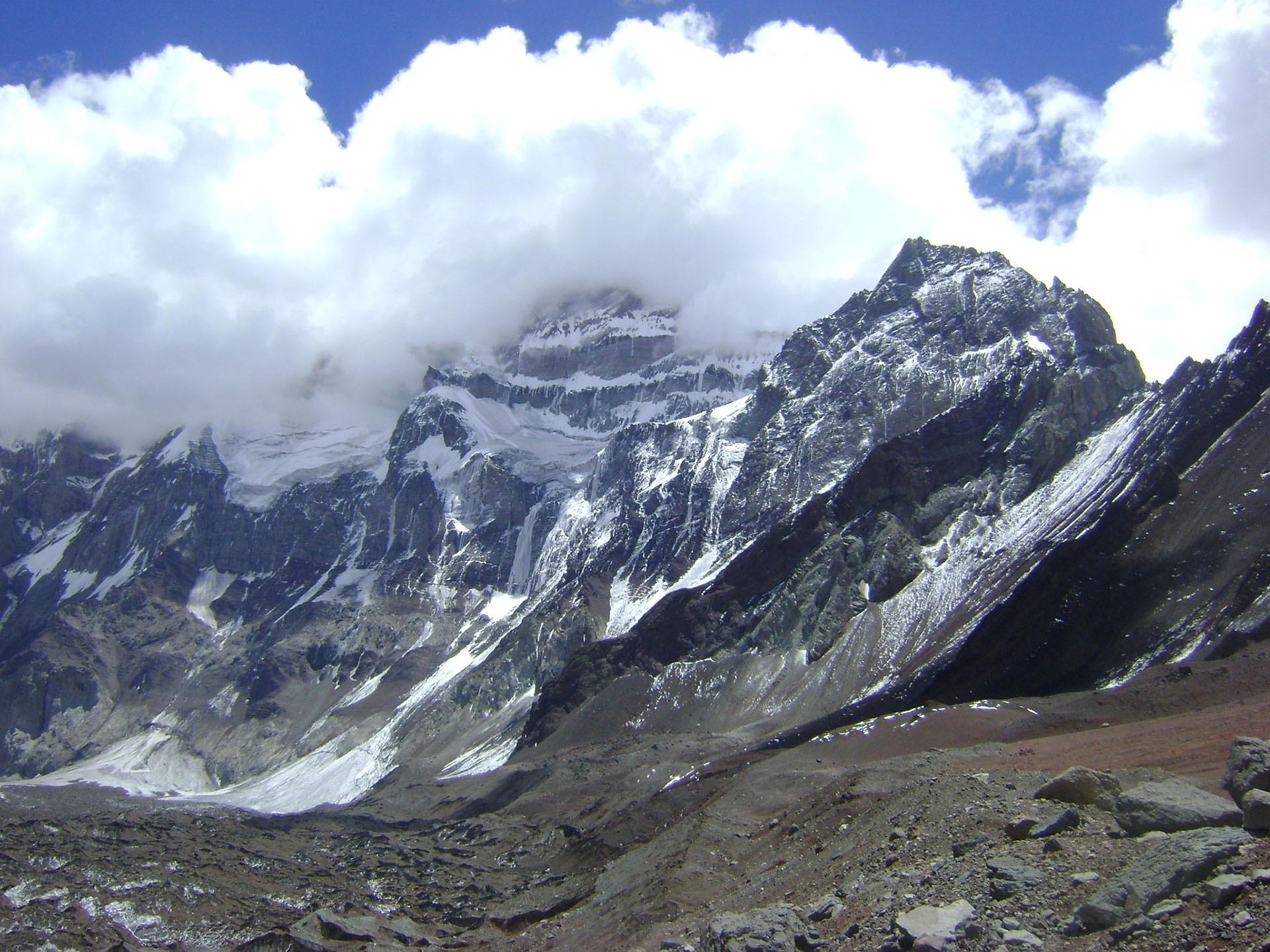
Oct 03, 2025 8 mins read
Trekking Aconcagua: Real-World Prep for South America’s Giant

Sep 05, 2025 7 mins read
Climb or Trek Mount Everest, the Matterhorn or Camino de Santiago?

Sep 03, 2025 5 mins read
South America’s Best Wildlife Adventures

Aug 27, 2025 5 mins read
From Cape Town to Stellenbosch, Kruger to Durban, a South Africa Travel Guide
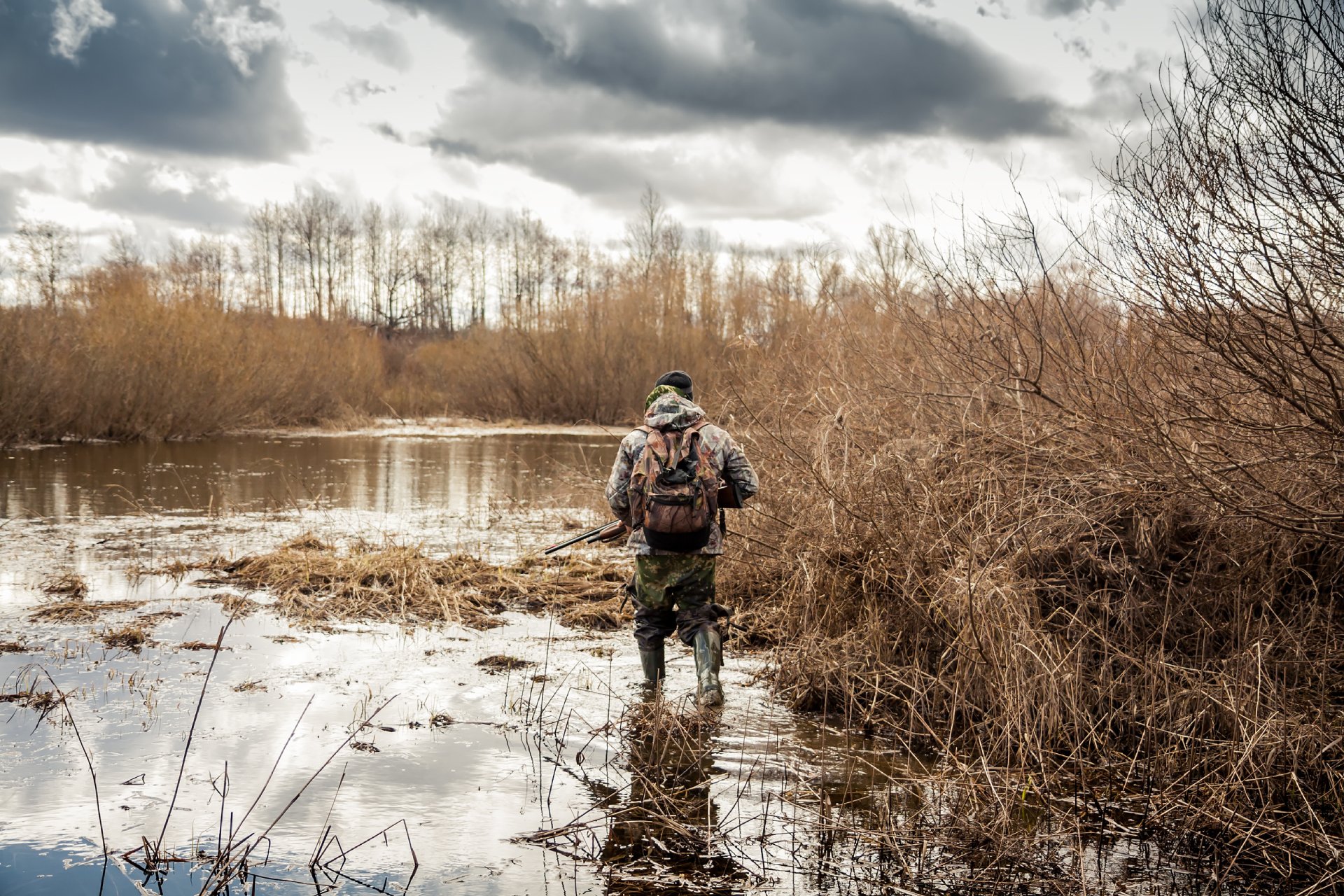
Aug 20, 2025 5 mins read
Top Hunting Destinations and Emerging Hot Spots
13 Months for the Price of 12


13 Months for the Price of 12
Purchase your annual membership today and get an extra month of Global Rescue protection free.
Mobile Apps:
- Global Rescue Mobile Apps are designed for operation on the current versions of Android and iOS operating systems. Availability of services is subject to your equipment compatibility, connectivity and signal in your location. There is no guarantee that all features and functionality will be available in your location. Use and availability of the Mobile Apps are subject to your service provider’s plan and may be subject to additional fees from your provider. The download and use of a Global Rescue Mobile App is subject to the terms of your Member Services Agreement and the applicable End User License Agreement (EULA).
General TotalCare Disclaimer:
- ©2025 Global Rescue LLC. TotalCare and the TotalCare logo are service marks of Global Rescue LLC. All Rights Reserved. Global Rescue LLC provides technical and administrative services to Elite Medical Group, P.C. (“Elite Medical”), a professional corporation owned by licensed physicians that employs or contracts with physicians licensed to practice medicine where medical services are provided. It is not guaranteed that a prescription will be written, nor will any DEA controlled substances, non-therapeutic drugs and certain other drugs which may be harmful because of their potential for abuse, as a result of a TotalCare consultation. Elite Medical physicians reserve the right to deny care for potential or actual misuse of services. The Global Rescue Mobile App is designed for operation on the current versions of Android and iOS operating systems. Availability of services is subject to your equipment compatibility, connectivity and signal in your location. There is no guarantee that all features and functionality will be available in your location. Use and availability of the Mobile App is subject to your service provider’s plan and may be subject to additional fees from your provider.
Extended Plan TotalCareSM:
- For individuals 85+, medical transport is not included in membership. Members 85+ may purchase medical transport on a fee for service basis.
Mobile Apps:
- Global Rescue Mobile Apps are designed for operation on the current versions of Android and iOS operating systems. Availability of services is subject to your equipment compatibility, connectivity and signal in your location. There is no guarantee that all features and functionality will be available in your location. Use and availability of the Mobile Apps are subject to your service provider’s plan and may be subject to additional fees from your provider. The download and use of a Global Rescue Mobile App is subject to the terms of your Member Services Agreement and the applicable End User License Agreement (EULA).

